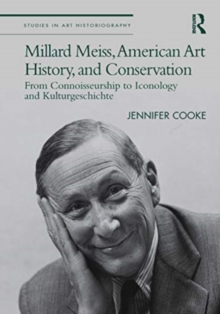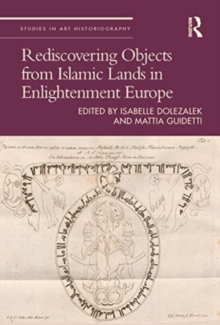
A Theory of the Tache in Nineteenth-Century Painting Hardback
by Øystein Sjastad
Part of the Studies in Art Historiography series
Hardback
- Information
Description
Without question, the tache (blot, patch, stain) is a central and recurring motif in nineteenth-century modernist painting.
Manet's and the Impressionists’ rejection of academic finish produced a surface where the strokes of paint were presented directly, as patches or blots, then indirectly as legible signs.
Cézanne, Seurat, and Signac painted exclusively with patches or dots.
Through a series of close readings, this book looks at the tache as one of the most important features in nineteenth-century modernism.
The tache is a potential meeting point between text and image and a pure trace of the artist’s body.
Even though each manifestation of tacheism generates its own specific cultural effects, this book represents the first time a scholar has looked at tacheism as a hidden continuum within modern art. With a methodological framework drawn from the semiotics of text and image, the author introduces a much-needed fine-tuning to the classic terms index, symbol, and icon.
The concept of the tache as a ’crossing’ of sign-types enables finer distinctions and observations than have been available thus far within the Peircean tradition.
The ’sign-crossing’ theory opens onto the whole terrain of interaction between visual art, art criticism, literature, philosophy, and psychology.
Information
-
Out of StockMore expected soonContact us for further information
- Format:Hardback
- Pages:190 pages
- Publisher:Taylor & Francis Ltd
- Publication Date:28/06/2014
- Category:
- ISBN:9781472429445
£135.00
£108.88
Information
-
Out of StockMore expected soonContact us for further information
- Format:Hardback
- Pages:190 pages
- Publisher:Taylor & Francis Ltd
- Publication Date:28/06/2014
- Category:
- ISBN:9781472429445



